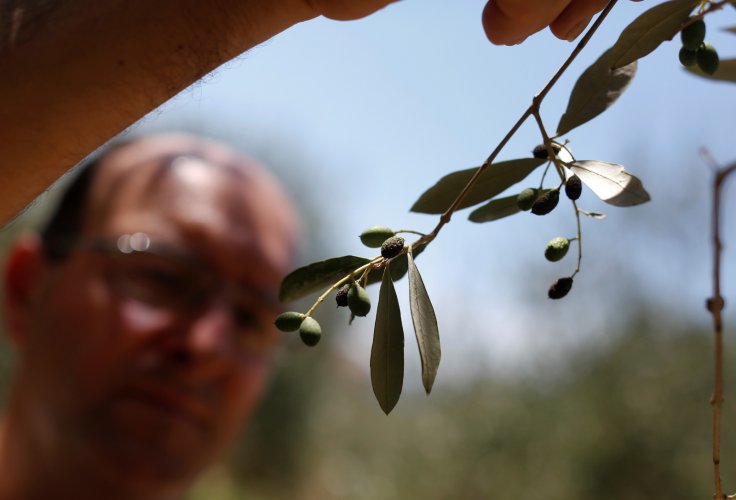
The European Commission reports that gardeners have been warned of the deadly bacterial disease that can affect at least 350 species of plants. Xylella fastidiosa is one of the most dangerous diseases affecting the plant kingdom.
The Royal Horticultural Society has asked householders and garden centers to not buy plants which are grown abroad in order to prevent the disease reaching Britain. According to Gerard Clover, head of plant health at the RHS, the disease can change the face of the countryside around the world just like the Dutch elm disease. Sadly, this disease "affects everything from trees to herbaceous perennials and grasses," he added.
Xylella first appeared in Europe in 2013. Its origin is America, however, the disease arrived in Europe via imported plants. The disease can be transmitted by insects as well. The cure for the disease is not known.
What is Xylella fastidiosa?
It is a bacterium which causes disease in woody plants such as grapevine, citrus and olive plants, several species of broadleaf trees grown in the UK, and many other herbaceous plants.
How does it affect plants?
Xylella fastidiosa attacks plants by blocking the movement of water and nutrients in the system which ultimately leads to the death of the plants. The disease is not known in the UK but might introduce itself accidentally as it has already been discovered in Italy in 2013 and France in 2015.
How does the disease spread?
The bacteria are transmitted by insects which feed on plant fluid. The froghopper is a common insect involved in the activity. Moving infected plants for planting can lead to long-distance spread.
Symptoms
The leaves gradually turn brown. It gets a marginal scorch, the branches become weary. It mainly affects the pedunculate oak, wych elm, northern red oak, grape vines, citrus, coffee, almond plants, olive plants and oleander plants.
The browning occurs along the leaf margins and not along the veins. The brown blotch also gets a yellow halo at times. If not treated, the plants eventually die.
How can the disease be controlled?
The control strategy aims to keep the bacteria out of the UK by not importing host species such as plane, elm and oak plants.
"Xylella is a game-changer for gardeners and the horticultural industry and it is vital we understand its potential impact. If gardeners and nurseries want to be sure stock is healthy, buy plants that have been grown from seed in the UK or have been grown in the UK for 12 months," Clover added.
If the disease is found in the UK, all host plants within 110 yards would be destroyed, restrictions on the movement of plants within a three-mile radius for five years will be imposed.









